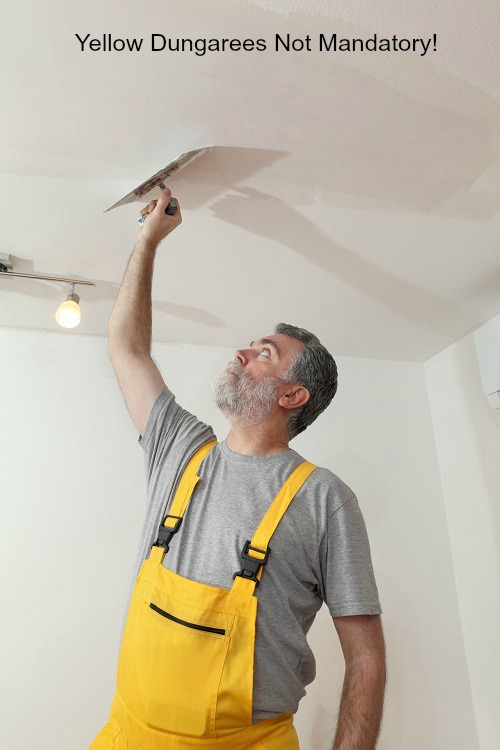Plastering Providers: Specialist Solutions for Smooth and Durable Walls
A Comprehensive Guide to Mastering Plastering Abilities for Your Improvement Requirements

Crucial Tools and Products
In the world of plastering, having the right devices and materials is vital to attaining a flawless surface. Various important devices offer distinctive purposes, ensuring efficiency and precision throughout the plastering process. A premium trowel, for example, is essential for using and smoothing plaster, while a hawk offers a secure system for holding the product. A joint blade is also critical for thorough job, specifically in corners and edges.
In enhancement to tools, picking the ideal plastering materials is vital. Gypsum-based plasters are frequently favored for their adaptability and simplicity of usage, while cement-based alternatives are ideal for outside applications as a result of their sturdiness. Water and bonding representatives play significant roles in attaining appropriate uniformity and attachment, making certain that the plaster adheres properly to the surface area.
In addition, protective equipment such as masks, gloves, and goggles is essential to protect against dirt and irritation throughout the application procedure. By constructing the right mix of materials and tools, plasterers can improve their ability and create top notch finishes, inevitably boosting the total craftsmanship of their job.
Preparing Surface Areas for Plastering
Accomplishing a smooth and sturdy plaster surface starts with thorough preparation of the surface areas to be smudged. This foundational step is critical to making certain adhesion and the durability of the plaster. Begin by examining the problem of the substratum-- whether it is drywall, masonry, or concrete-- removing any loosened paint, dirt, or debris that might interfere with bonding.
Next, repair any type of blemishes such as holes or fractures. Use an appropriate filler to achieve a level surface area; this can be vital for avoiding future problems. As soon as repaired, ensure the surface is tidy and dry, as wetness can jeopardize plaster adherence.
For permeable surface areas, it is recommended to use a bonding representative. This product enhances bond and develops a reputable user interface between the plaster and substratum. If collaborating with formerly plastered surface areas, it might be necessary to scuff or sand the location gently to offer a secret for the brand-new plaster layer.
Plastering Strategies and Tips
Grasping plastering strategies calls for both ability and technique to attain a remarkable surface. One crucial strategy is the application of the plaster in multiple thin layers, as opposed to a solitary thick coat. This technique permits better attachment and minimizes the threat of fracturing. Begin with a skim coat, guaranteeing it is equally spread out and leveled with a hawk and trowel. Utilize a straightedge to look for any kind of imperfections prior to proceeding to succeeding layers.
When using the finish coat, use a shoveling technique that entails holding the trowel at a slight angle and operating in a round movement. This aids to produce a smooth surface area and lowers the look of trowel marks. Furthermore, keep a spray container of water useful to haze the surface gently; this maintains the plaster convenient and permits smoother completing.
Timing is important; work efficiently, as the plaster begins to set. When the plaster has tightened yet is still damp, use a moist sponge to delicately smooth the surface further. Finally, permit sufficient drying time before fining sand or painting, guaranteeing your difficult job causes an expert, high-quality finish.
Usual Errors to Prevent

One more common mistake is using plaster as well heavily. Excitable applications can cause breaking and prolonged drying times. It's necessary to use plaster in slim, even layers, permitting each layer to dry effectively before including a lot more.
Furthermore, not using the right devices can hinder the top quality of the coating. Using unsuitable trowels or mixers home can produce inconsistencies in the gluing procedure. Always select top notch tools created for smudging tasks.
Lastly, lots of people take too lightly the relevance of timing. Operating in unsuitable temperature levels or humidity levels can he has a good point detrimentally impact plaster curing and drying. It is a good idea to check climate conditions and adjust your schedule as necessary.
Ending Up Touches for a Professional Look
The final stages of a gluing task are critical for accomplishing a sleek, expert look. Once the plaster has actually dried out completely, the following step is to evaluate the surface area for blemishes.
After sanding, it's a good idea to clean up the surface to eliminate any dust and debris. A wet towel is efficient for this function, followed by a thorough drying duration. If essential, applying a slim layer of completing plaster can boost the surface area additionally, offering a seamless finish.
Once the finishing plaster is dry, another round of sanding may be called for to achieve the wanted level of smoothness. Finally, consider using a guide before paint or wallpapering, which will boost attachment and durability.
Final Thought
Grasping smudging skills significantly enhances the high quality of improvement projects. A comprehensive understanding of important tools, surface area preparation, and efficient techniques is important for attaining expert results. Understanding of typical mistakes permits for the evasion of costly mistakes, while interest to ending up touches makes certain a sleek look. Inevitably, the combination of these elements adds to the creation of smooth, resilient surfaces that boost the visual value of any space, highlighting the importance of skillful plastering in home improvement undertakings.
Water and bonding agents play substantial duties in achieving proper consistency and adhesion, ensuring that the plaster adheres effectively to the surface. Plastering.


Additionally, maintain a spray container of water useful to haze the surface area lightly; this keeps the plaster workable and enables for smoother ending up. (Plastering)
If needed, applying a thin layer of completing plaster can boost the surface better, supplying a smooth finish.